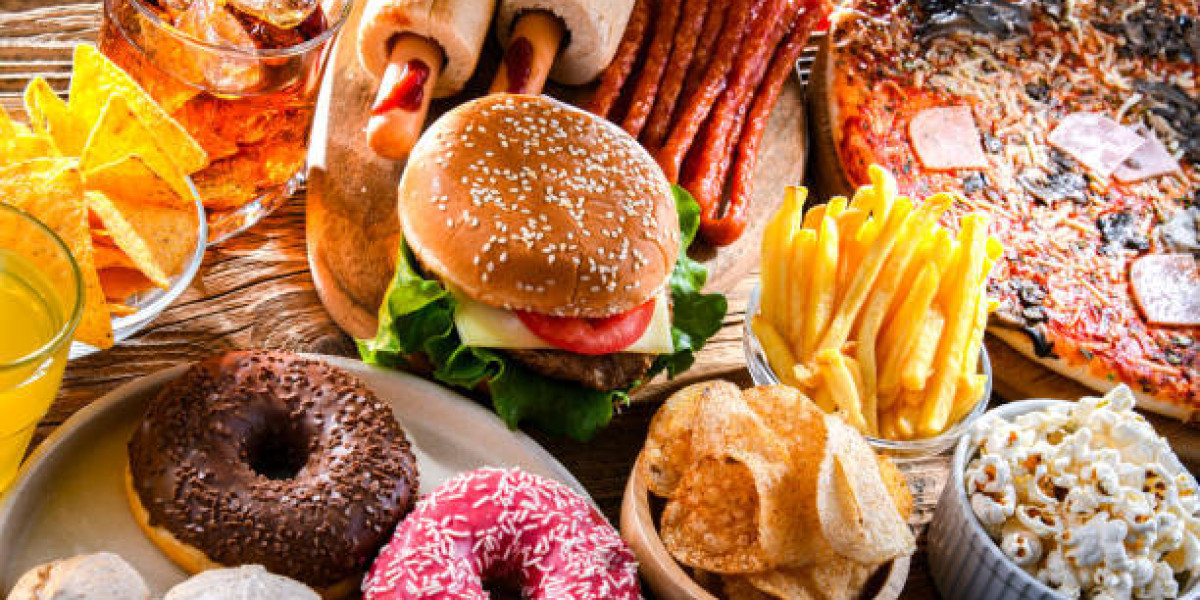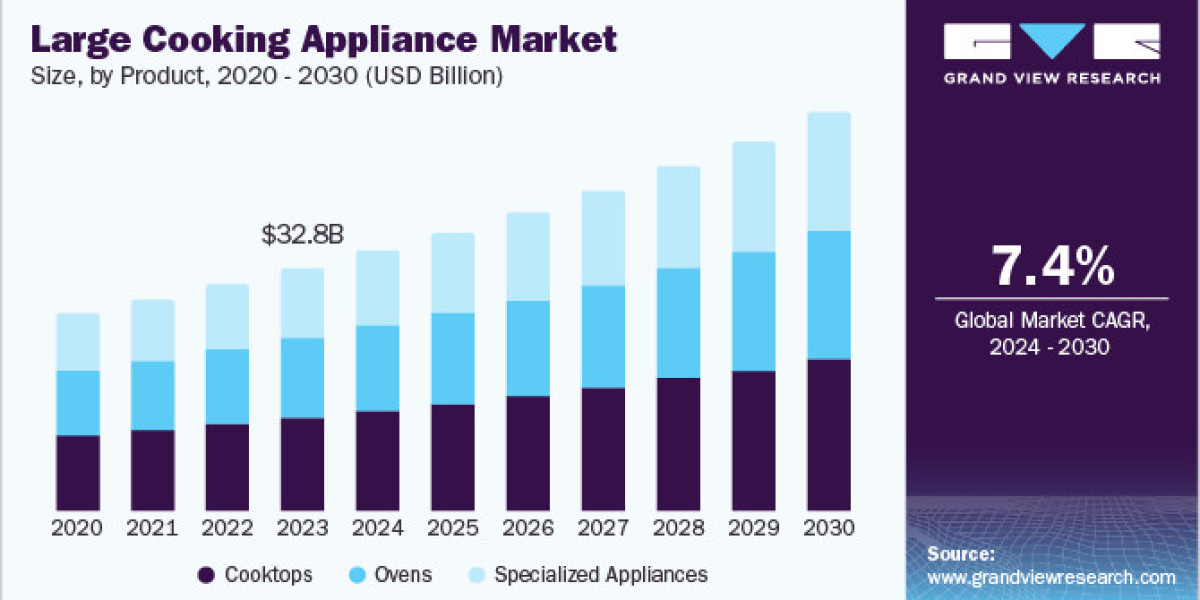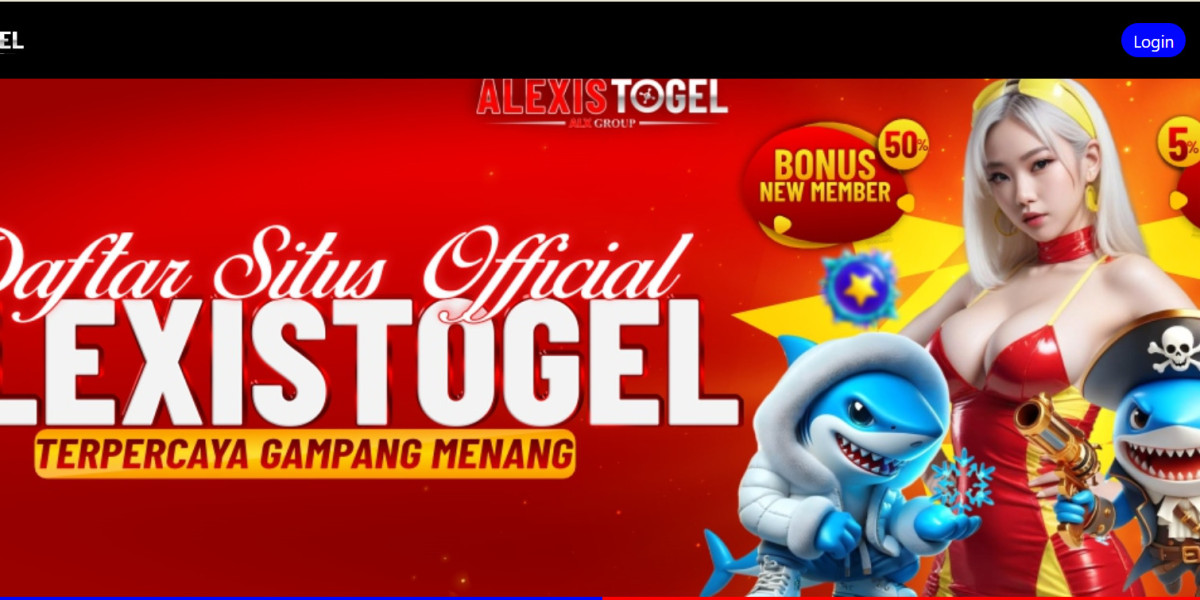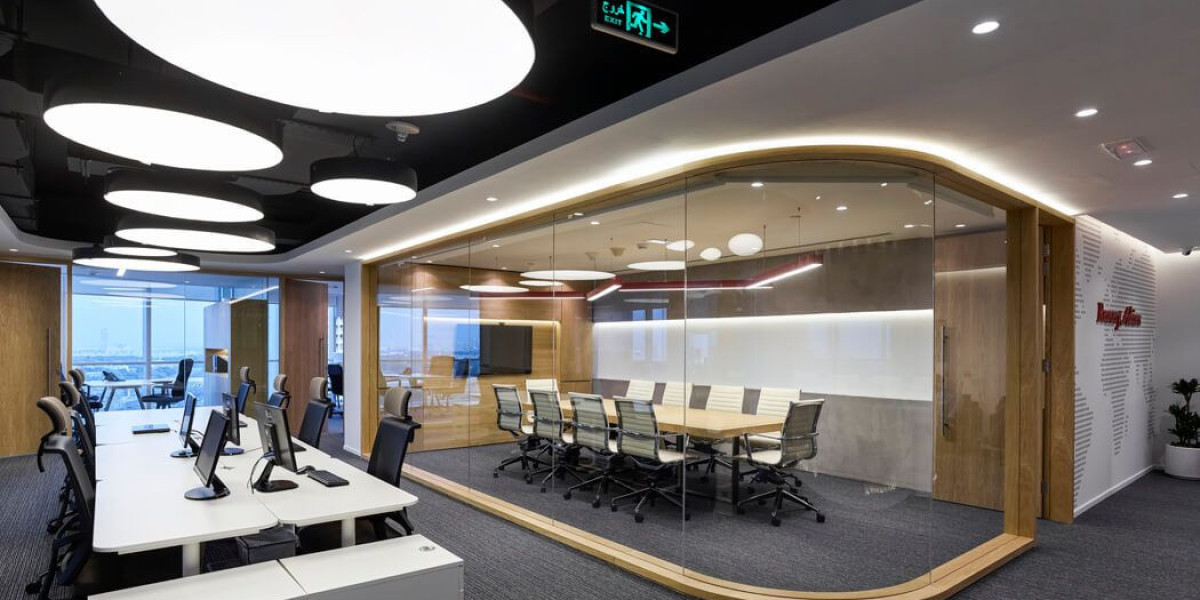Once upon a time, grabbing a quick bite meant choosing between burgers and fries or pizza slices on the go. The fast food industry started as a convenience-first solution in urban areas, quickly gaining popularity for its affordability and efficiency.
As time passed, the world changed, and so did the expectations of diners. In the 2000s, people began to question what was in their food. Health became a priority. Fast food wasn’t immune to criticism. Yet instead of crumbling, the industry adapted.
Restaurants introduced grilled options instead of fried, added calorie counts to menus, and even began offering vegan burgers. These changes weren’t just survival strategies—they were game changers.
In recent years, technology became the new frontier. Ordering a meal no longer meant standing in line. You could click a button, make a custom order, and have your meal delivered in under 30 minutes.
Fast food chains evolved their identities—from being simply “quick and cheap” to becoming digitally sophisticated, ethically responsible, and culturally inclusive brands.
The fast food journey is far from over. New chapters are being written every day—with AI-powered kitchens, carbon-neutral packaging, and regionally inspired flavors. The humble burger joint of the 1960s would hardly recognize today’s fast food empires.
From then to now, the story of fast food is one of transformation, innovation, and staying in tune with what the world wants—deliciously fast, thoughtfully made food.



